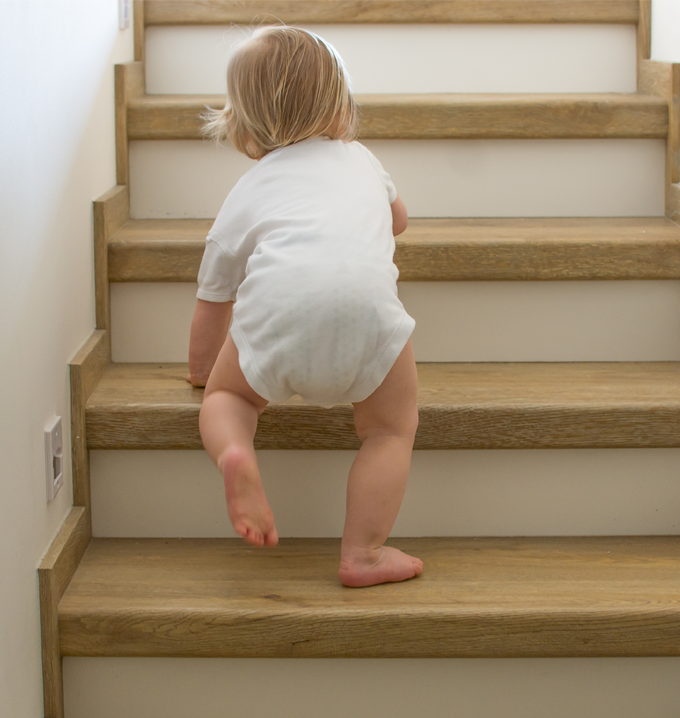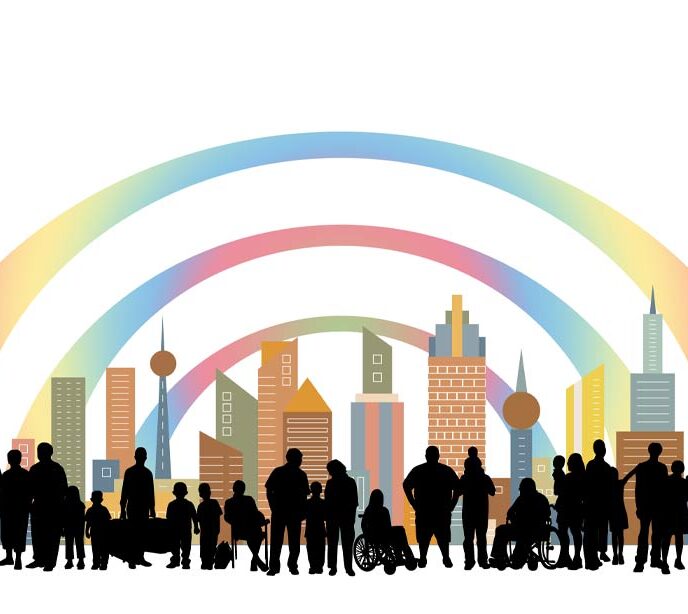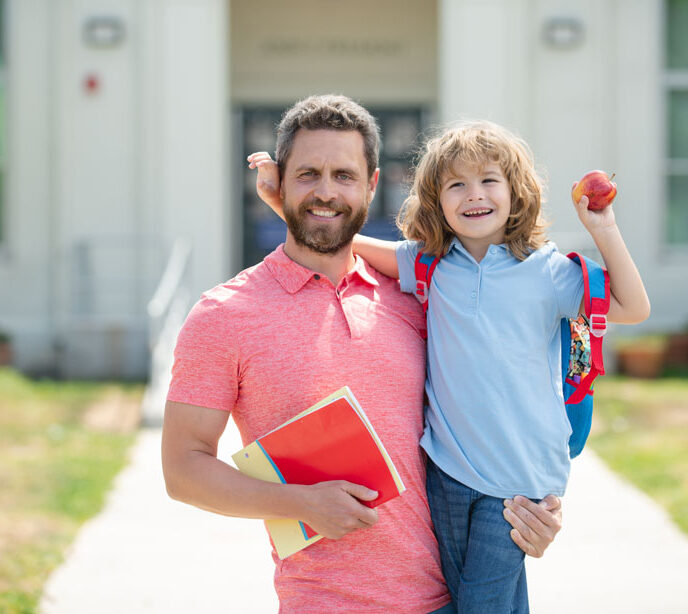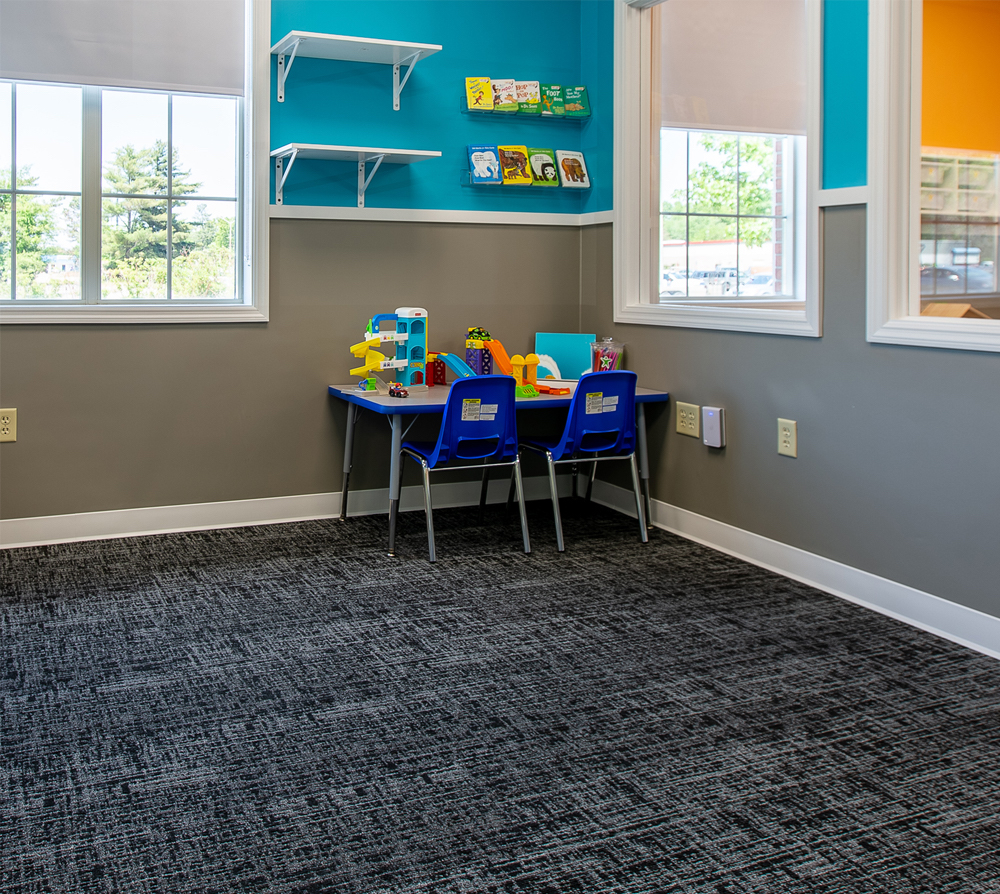Autism-Friendly Home Tips
Creating a safe home for an autistic child is essential. We look at some of the safety and security considerations and other tips for making a safe home.

Tips for Child-Proofing and Keeping Your House Safe for an Autistic Child
Household safety is one of the primary concerns of all parents. This concern tends to escalate when babies start to crawl around the house, and baby-proofing the home becomes a priority for parents.
Home safety for an autistic child comes with the same concerns. However, unique risks also mean that typical house safety concerns can become more serious, based on your child’s individual nature.
In this article, we are going to look at the unique challenges in creating an autism-friendly house, why autistic children may need extra home security, and how to appropriately child-proof your home for your autistic child.
Why Is Child-Proofing the Home a Challenge for Autistic Children?
When you’re researching tips for ASD, you’ll notice that safety is always a focal point. While all parents are constantly working to make sure that their children are cared for and safe, ensuring the safety of your autistic child at home requires a few additional steps and special considerations.
Child-proofing can be particularly challenging for parents or caregivers with an autistic child. Autistic children tend to fixate on certain items or display sensory-seeking behaviors. They could fixate on a dangerous item, or their fixation could simply leave them unaware of the possible dangers around them. Additionally, some autistic children have a propensity to try to elope or run from their homes on a regular basis for a variety of reasons.
As a result of this, typical safe-proofing concerns can become more serious depending on what your child is interested in. Some of the biggest concerns can include:
- Sensory fixation on water, fire, fans, or other items.
- Accessing dangerous items like medications, sharp objects, chemicals, and electrical outlets.
- Climbing on furniture and then jumping, falling, or having the furniture fall on them.
- Leaving the house through a window or door without someone knowing.
Even with these challenges, creating an autism-friendly home can be a simple and extremely beneficial process if you know what to do.
Make Home a Safe Space
All of the best safety precautions and autism decorating ideas in the world aren’t going to matter if the environment your child is in doesn’t feel safe, too. It’s important to foster a calm environment at home so everyone feels comfortable and relaxed. This can significantly reduce instances of overstimulation, anxiety, or disruptive behavior. A few ways you can do this are:
1. De-Clutter
Start by minimizing clutter as much as possible. Try to keep surfaces clear and organized, and use storage solutions to keep any toys, books, and other items out of sight when they are not in use. A clutter-free space is less likely to cause a sensory overload.
2. Use Calming Colors
Colors can profoundly affect our emotions and behaviors. Certain colors can be particularly soothing or stimulating for autistic children. To create a peaceful atmosphere, try incorporating soft, neutral tones like pastels, blues, greens, and earthy shades into your home. While you’re doing this, make sure you involve your child in the decoration choices. This can help them feel more in control of the situation and can give you a better idea of what colors they like or don’t like.
3. Incorporate Natural Elements
Introduce elements of nature into your home, such as potted plants, natural light, and nature-inspired decor. Nature has a way of grounding us, so these elements can have a calming effect and help create a soothing environment.
4. Create a Sense of Calm With Soft Lighting
Try to avoid harsh, bright lights. Instead, use soft, diffused lighting with dimmer switches or lamps. You could even consider using string lights or salt lamps for a gentle, calming glow. Some calming music can also be a great way to help your child relax and refocus.
5. Incorporate Familiarity
Make sure to keep your child’s favorite toys, blankets, and other comfort items easily accessible. Familiar objects can provide a sense of security and comfort in your child’s environment. Having access to familiar items can help your child feel more at ease and provide a sense of stability in their surroundings.
Use Home Safety as a Learning Opportunity
The first step to creating a safe environment for an autistic child is to use your home as a learning environment. While removing your child from dangerous situations is important, it’s also a good idea to teach them home safety like you would any other skill.
Use positive reinforcement when your child performs a home safety skill correctly or when they refrain from doing something that you’ve taught them is unsafe. Remember to keep home safety steps short and simple.
You can use the usual tools that would be used in a therapy session or when teaching them skills at home, such as visual rules, checklists, signs, stories, and schedules. Choose whatever it is that your child has had success with in other settings in the past.
Some ideas for ASD-friendly elements in your home include:
Label Everyday Items
When you want to child-proof a home for an autistic child, using visual aids like photos, words, colors, and textures to label everyday appliances, furniture, rooms, drawers, etc., can be very beneficial. Labels will help your child to more easily associate the items with where they go or what their purpose is. Labels also increase the likelihood of your child using something for its intended purpose and discourage unsafe behaviors.
Create Visual Boundaries and Limits
Telling your child not to walk out the front door isn’t always enough. Using visuals can help you relay the message more clearly. For example, you could place stop signs on doors that lead outside or to stairs or on drawers that they shouldn’t open. Or you could mark the floor around hazardous furniture with painter’s tape to show the areas where they shouldn’t walk.
Keep Things Organized and in place
Autistic children are often creatures of habit and structure. Keeping things tidy and in their place means children will know where to find things and where to put them once they are done. This will lead to less frustration, thereby reducing outbursts and making them less likely to engage in unsafe or disruptive behaviors.
Home Modifications for Autistic Children
If you’re wondering how to make your home autism-friendly, here are some of the modifications that you can make:
- Move furniture away from where kids could climb it. Instead, invest in sensory-appropriate climbing furniture products to encourage safer behaviors.
- Ensure that all furniture is mounted to the floor or wall.
- Use gates and barriers at the top and bottom of stairs to keep your children from climbing them or potentially falling down them.
- Put all medications and unsafe items out of reach.
- Put rubber bumpers on the sharp edges of counters or furniture.
- Hide wires or place them out of reach.
- Lock away cleaning supplies, toiletries, and other products that contain hazardous chemicals.
- Educate your child about fire safety through stories about smoke detectors and safety routines. Lock away all matches and lighters.
- Put covers on electrical outlets and protection on door knobs, cabinet handles, faucets, etc.
- Add sensors to areas that your child should not be in, so you are aware of where they are in your home.
Home Security
As mentioned, some autistic children are known to try to wander off and leave their houses, so home security is another aspect to consider if you have an autistic child. This can include:
Install Locks and Sensors
Install locks or sensors on the home’s doors, windows, and cabinets. Autistic children are resourceful, so investing in a high-quality locking system is worth it. It is even possible to get special autism safety door locks.
Safely Store Away Potentially Hazardous Items
Lock and store potential hazards like paint, fertilizer, and cleaners somewhere out of your child’s day-to-day environment, such as the garage or basement.
Install Sensory-Friendly Alarms
Install alarms on their bedroom door, doors leading outside, and windows. Of course, keep in mind that a blaring alarm could be intolerable for a child with sensory issues. Usually, the alarm can be tailored to your child’s specific needs.
Explain “Stranger Danger”
Chances are that your child will open the door when it rings at some stage in their life. It’s important to teach them the importance of learning who they can trust and the dangers of opening the door to strangers. Allistic (non-autistic) children are more likely to be able to read people’s intentions, whereas autistic children tend to be naturally trusting. This is an important lesson they can take into adulthood, too.
Always Have An Emergency Plan in Place
It’s critical that you have an emergency plan in place should something happen. The first port of call should always be to phone 911 and alert the appropriate authorities. All of the relevant emergency numbers should also be easily accessible. Display them in an easy-to-reach area and keep them on hand around your house and in your vehicles. Providing your child a safety bracelet with their name and emergency contact details may also be useful. If they do not like the feeling of a bracelet, then provide a laminated card with emergency contact numbers for them to keep at all times or label each piece of their clothing with the same information.
If your child has a history of elopement or unsafe behaviors in the home, contact your local police department so they know who your child is, where you live, what your child might do, and where they might go based on past experiences. It is always easier to communicate this information proactively, rather than in a crisis situation.
Create a Quiet Space for Your Autistic Child at Home
When you’re creating a home for an autistic child, remember that they are more likely to act out when they become overstimulated. When this happens, they will need a safe time-out space to calm down and refocus.
Instead of punishing them with a time-out in a corner, create a dedicated quiet space where they can go to have time to themselves, enjoy a moment of peace and quiet, or engage in whatever self-soothing strategies work for them. If you continually direct them to this space when they get overstimulated, you teach them a better way to cope with and handle stress. Make the space soft, neutral, and welcoming with your child’s favorite toys.
Get the Best for You and Your Child with LAC
At Lighthouse Autism Center, we equip our learners and their caretakers with the tools and strategies needed to enhance growth and development through our Lighthouse fusion ABA therapy. We also offer a wide array of the best autism resources and information for our clients to turn to in order to help your child take the important next step in their journey. or our clients to turn to and help your child take the important next step in their journey.
Together, we can unlock your child’s potential
Related News

06/11/2025
Overcoming Stereotypes
Autism stereotypes are common and can have significant social consequences for autistic children. Misconceptions hinder the acceptance and inclusion of autistic children. Challenging these stereotypes is vital for creating a more understanding and supportive society. Challenging Common Autism Stereotypes When people hear the word “autism,” they often imagine a narrow set of images, like the […]

06/11/2025
What’s Next After ABA Therapy?
There are a number of reasons why an autistic child might stop ABA therapy, and one is that they have reached their goals. In this article, we take a look at what parents can expect going forward. What Are the Next Steps After ABA Therapy? As a parent, you only want what’s best for your […]

06/11/2025
Do Babies with Autism Smile?
We take a look at the importance of early intervention, some of the milestones for parents to look out for, and the more common signs of autism in babies. Do Babies with Autism Smile? Watching your baby grow is an exciting time, certainly one of life’s quiet wonders. From those first sleepy stretches to the […]


